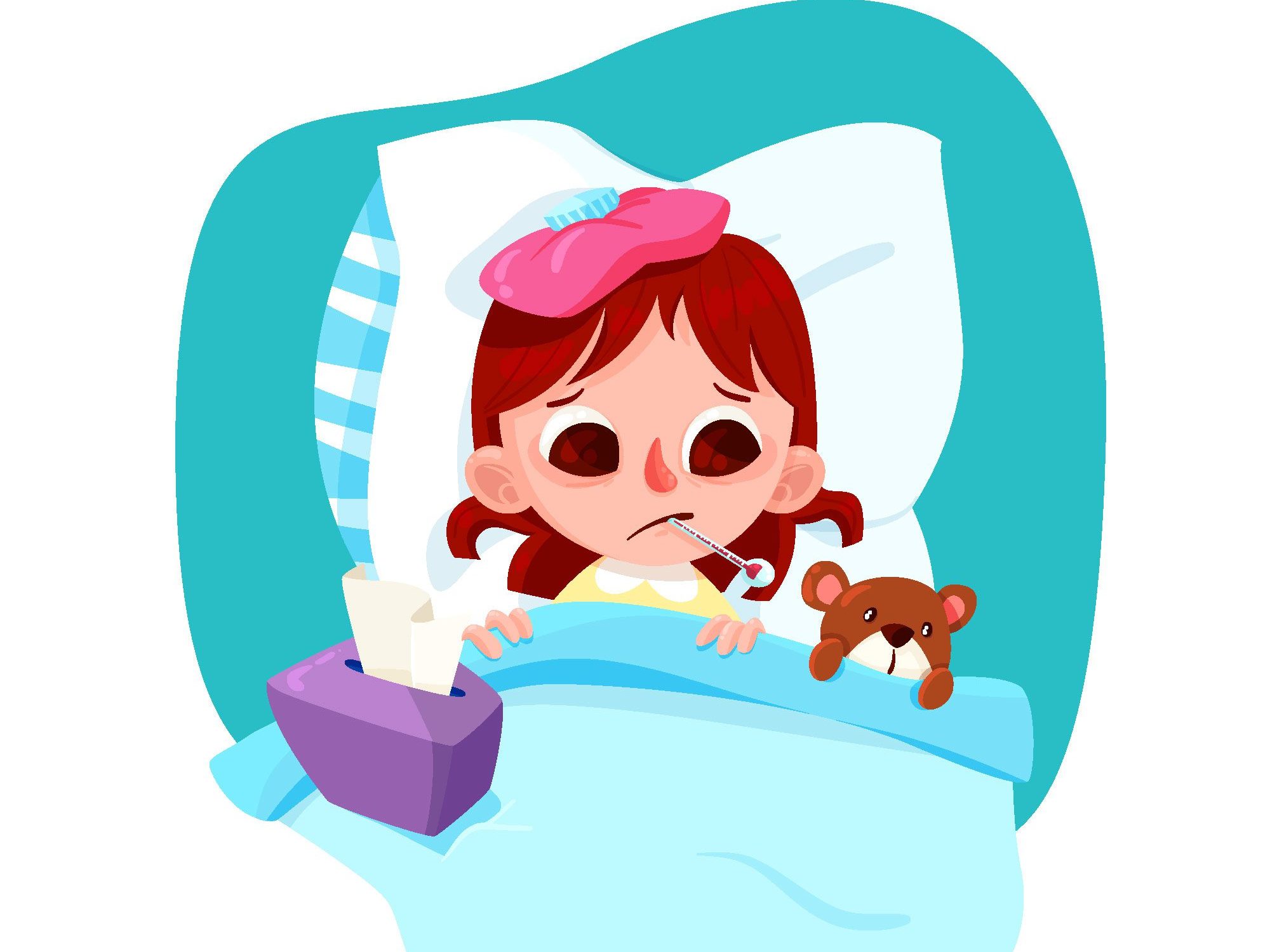Health problems frequently occur among Australian children thus directly impacting their growth process and everyday activities. Different health conditions affect children for short-term durations or long-term management needs. Learning about common childhood illnesses in Australia will allow parents to adopt appropriate protection methods and get proper medical attention on time.
Asthma and hay fever with food allergies constitute common illnesses in children according to ABS and AIHW data. The following article examines the most common childhood disease in kids, along with ways to manage such conditions.
1. Asthma
Asthma stands as the leading common childhood illnesses in Australia. Around ten percent of all children from zero to fourteen years old show signs of asthma based on the ABS National Health Survey results for 2017–18. This illness creates sustained difficulties for breathing in children’s respiratory systems.
Causes and Risk Factors
- Children are likely to experience symptoms when they come into contact with pollen or dust.
- Air pollution and respiratory infections
- Family history of asthma
Impact
Asthma stands as a primary trigger which leads both children to miss school and require trips to hospitals. The condition stands as the main cause that generates common childhood disease occurrences among children within the age range of 5–14 years.
Management
- Patients need to use their prescribed inhalers along with their prescribed medications.
- Avoiding known triggers
- Regular health check-ups
Checkout: 7 Best Healthy Habits to Teach Your Kids

2. Hay Fever (Allergic Rhinitis)
Hay fever accompanies asthma as one of the prevalent childhood illnesses that affects ten percent of Australian children. The human body triggers allergic reactions when exposed to airborne substances which include pollen and dust mites and pet dander.
Symptoms
- Sneezing and a runny nose
- Itchy and watery eyes
- Nasal congestion
Impact
While non-life-threatening hay fever does produce impact on sleep quality and concentration it makes academic learning harder for students. Young patients who suffer from hay fever tend to develop asthma in the future.
Management
- Avoiding known allergens
- Simple treatment of hay fever includes administering antihistamines combined with nasal spray usage.
- Keeping indoor air clean
3. Anxiety and Mental Health Disorders
Children in Australia show rising mental health problems across the country. The prevalence of anxiety-related disorders among children reaches 5.7% marking them as important diseases affecting children.
Common Disorders
- Generalized Anxiety Disorder (GAD)
- Social Anxiety Disorder
- Attention-Deficit Hyperactivity Disorder (ADHD)
Impact
A mental state of anxiety creates problems in academic performance while forcing children to stay distant from others and causing intense emotional struggles. The greatest mental health load affecting children exists within the 5–14 year age bracket.
Management
- Therapy and counseling
- Encouraging open discussions on mental health
- Both school institutions and healthcare organizations need to provide their support for children dealing with these conditions.
4. Food Allergies
About five point five percent of Australian children experience food allergies which constitutes a prevalent childhood illness. Hospital admissions for anaphylactic reactions experienced a significant 350% increase during the period from 1994 to 2004.
Common Allergens
- Dairy (milk, cheese)
- Nuts (peanuts, tree nuts)
- Shellfish and eggs
Impact
Allergenic reactions that cause itching tend to be mild while anaphylaxis represents a severe condition which threatens life.
Management
- Identifying and avoiding allergens
- Carrying an epinephrine auto-injector (EpiPen)
- Regular medical supervision
Checkout: 5 Best Healthy Habits to Adopt for a Better Lifestyle in 2025
5. Vision Disorders
Vision problems affect 12% of Australian children while short-sightedness and long-sightedness exist in 4.5% and 4.3% of them respectively. Children develop several common illnesses because screens take up their time and they spend decreasing amounts of time outdoors.
Symptoms
- Difficulty reading books or school boards
- Frequent headaches
- Rubbing eyes often
Impact
When vision disorders remain undiagnosed they have the power to harm both academic success and eye wellbeing in both the short and long terms.
Management
- Routine eye check-ups
- Encouraging outdoor play
- Using prescription glasses

6. Obesity and Overweight
Childhood obesity represents an escalating problem because studies indicate that 91-95% of 6-7 year old obese children will become obese adolescents. This common childhood disease among children develops due to their poor eating habits combined with minimal physical activity.
Causes
- The excessive intake of packaged foods along with sugar-containing drinks
- Lack of physical activity
- Genetic factors
Impact
The combination of weight problems leads to elevated dangers of diabetes and heart disease as well as mental health disturbances.
Management
- Promoting a healthy diet
- Encouraging physical activity
- Educating families on healthy living
7. Ear Infections (Otitis Media)
Ear infections represent one of the most common illnesses in children develop in their early years of life up to five years of age. The accumulation of fluid behind the eardrum happens because of bacterial or viral infections.
Symptoms
- Ear pain and pressure
- Hearing difficulties
- Fever and irritability
Impact
Risk factors from numerous infections can create either temporary or permanent hearing damage which may delay speech development.
Management
- Antibiotics for bacterial infections
- Medical treatments should be used to stop fluid retention within the ear.
- Surgery (ear tubes) for chronic cases
Conclusion
Early detection of common childhood illnesses in Australia depends on complete knowledge about these diseases. The treatment of asthma and allergies needs ongoing care but obesity and vision disorders become manageable through lifestyle modifications.






